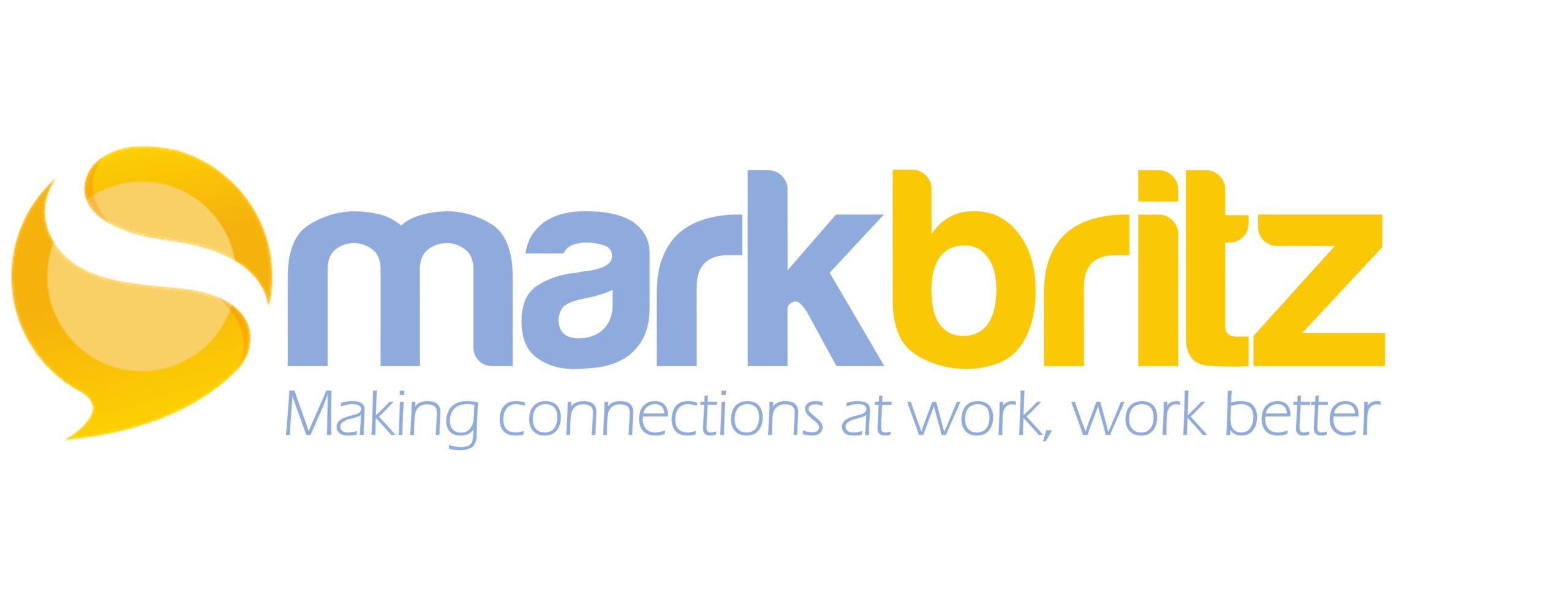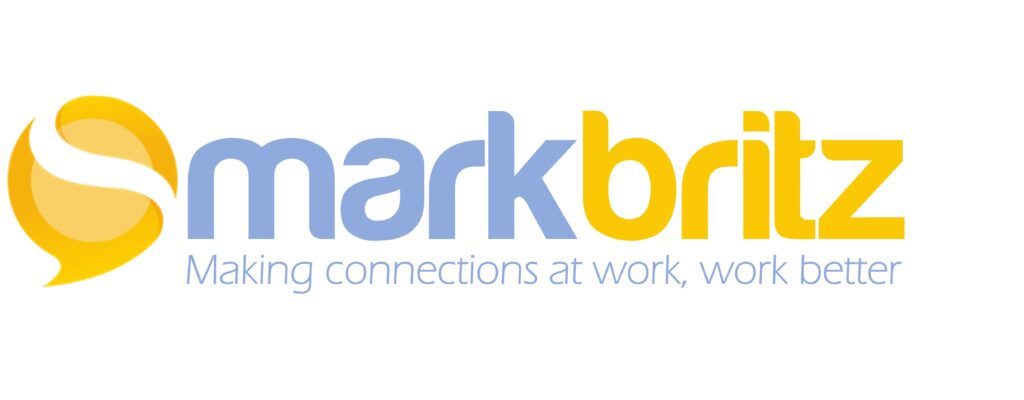Context is critical for social activity. When at work (remote or physical) the vast majority of social activity is around and about the work people do. Knowing this, the work and work process are the ideal starting place for more strategic advancement of a social organization. Take organizational policies and protocols, written and unwritten. They get a bad rap but of course aren’t inherently bad as they can serve to maintain quality, efficiency and protect organizations and workers alike. However, they have a shelf life. They can spoil and the only way to know something, be it food or a rule, has gone bad is to open it up and regularly examine it. Transparency and openness are at the heart Social by Design (sXd).
Leadership could schedule policy/protocol reviews with a select group of executives to revisit periodically but then you likely exclude the people who these rules impact the most. Being transparent and open around work rules is actually a perfect opportunity to build greater social by design. Start by keeping these org-wide rules in an open space and invite continuous conversation around the work people do. It may not take off on its own as daily work can be all-consuming or a prevalent belief that criticism of the organization is wrong exists, so it’s on leadership to nudge everyone to examine and comment regularly. Interesting too is that this example actually contains ALL the principles of a social organization James and I discuss in our forthcoming book, Social By Design. Look closer and you’ll see them within.
First, the goal of social is to reduce friction – by challenging and continuously evolving the rules you’re working to remove barriers and better ensure business agility. Next, social starts with people not technology. Sure, the “space” these policies/protocols can reside in should be wiki-like but the emphasis is on people’s participation, all people as that’s who it impacts. You can’t control social is another. With this approach, leadership should encourage a very open conversation, one that will likely result in emotion and criticism but all in the name of continuous improvement. By inviting this critique, leadership may be uncomfortable throughout the process and even with the results as they could challenge the status quo. Conversation creates movement too. It’s only in open conversation, across various levels in an organization that advancements can be made. This approach also reinforces the principle that strong social cohesion is built in layers. You can start small and go slow, steadily dripping and encouraging engagements like these which create a more social organization over time or, if well connected already, it becomes a means to maintain. Finally, it is increasing conversation that is the key indicator of progress. Discussions about these rules will certainly have offshoots to other aspects of work and working together. A Pandora’s Box has opened as people will be motivated to participate and encouraged by the progress.
When small, an organization constructs – making the unwritten written but with the expectation of constant iteration as the business evolves. When done in a larger, more established organization, this action invites deconstruction, where policy/protocols become THE object social can form around to start the process of transformation to a more social organization.

